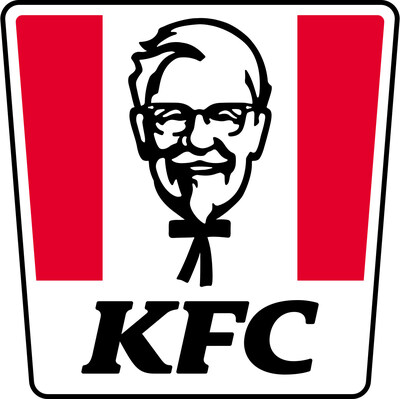KFC Surpasses 30,000 Restaurants Worldwide
KFC's 30,000th restaurant opened in
"Opening our 30,000th restaurant is a testament to the support of our local business partners, employees and customers over the past nearly 75 years," said Sabir Sami, CEO of KFC Global. "While we are a global brand, we aim to meet the unique needs and expectations of our guests on a local level, with menus that resonate with the local culture and flavors of each community. That also includes serving local communities through our food donation and upskilling programs, which operate in many of our markets, including
KFC currently has the widest global footprint of any quick-service restaurant brand with no plans to slow down. In 2023, KFC opened nearly 2,700 new restaurants across 96 countries including impressive net-new unit growth throughout
To maintain steady and sustainable growth, KFC is focused on being a best-in-class employer that cultivates an inclusive, people-first culture and employee experience. The brand is also focused on driving accessible, connected experiences through digital investments; innovative menus to meet cravings wherever and whenever they strike; and drive-thru optimization.
"The pace of our development would not be possible without our trusted franchise partners who share our vision and drive for excellence, innovation and building with purpose," said Nivera Wallani, KFC Global's Chief Development Officer. "I'm excited to help lead KFC's journey of scaling to serve feel-good food through inclusive, equitable and sustainable business practices."
The new restaurant in
About KFC
KFC is a global chicken restaurant brand with a rich, decades-long history of success and innovation. It all started with one cook, Colonel Harland Sanders, who created the Original Recipe more than 90 years ago, a list of 11 secret herbs and spices scratched out on the back of the door to his kitchen. Today, while honoring our heritage, we remain committed to modernizing the colonel's vision, by serving feel-good food, at scale, through inclusive, equitable and sustainable business practices. We continue to follow his formula for success, with real cooks breading and freshly preparing our delicious chicken by hand in more than 30,000 restaurants in nearly 150 countries and territories around the world. KFC is a subsidiary of Yum! Brands, Inc. (NYSE: YUM.)
![]() View original content to download multimedia:https://www.prnewswire.com/news-releases/kfc-surpasses-30-000-restaurants-worldwide-302086482.html
View original content to download multimedia:https://www.prnewswire.com/news-releases/kfc-surpasses-30-000-restaurants-worldwide-302086482.html
SOURCE KFC









